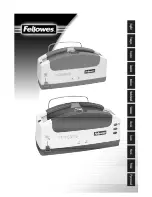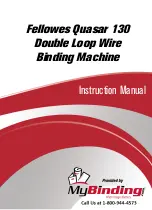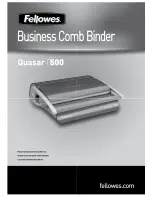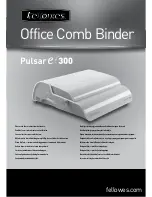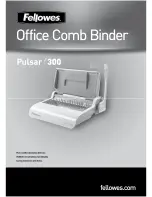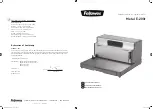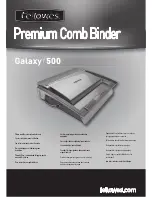
– 187 –
WARNING :
Turn OFF the power before starting the work so as to prevent accidents caused by abrupt start of the sewing machine
Trouble (1)
Trouble (2)
Cause (1)
Cause (2)
Check and corrective measures
From the previous page
From the previous page
12-C) Thread guide
C-1) Flaw, burr in slot
Replace when modified or its shape is
changed too much.
12-D) Top covering thread
take-up
D-1) Drawing-in amount of top covering
thread is too much or too little.
Refer to the standard adjustment figures.
12-E) Needle thread tension
E-1) Needle thread tension is too weak.
Increase tension.
12-F) Threading
F-1) Incorrect threading
Refer to threading diagram.
12-G) Top covering thread ten-
sion
G-1) 1st thread tension is too weak.
Increase tension.
12-H) Looper thread cam
thread guide position
H-1) Drawing-in amount of looper thread is
too much.
Reduce drawing-in amount of thread.
12-I) Stitch tongue of presser
foot
I-1) Thread threading is not smooth due to
incorrect shape of stitch tongue.
Replace when modified or its shape is
changed too much.
5-13) Bulge
13-A) Throat plate
A-1) Stitch tongue is too short.
Use throat plate provided with long stitch
tongue.
13-B) Threading
B-1) Incorrect threading
Refer to threading diagram.
13-C) Needle thread tension
C-1) Tension is too weak.
Increase tension.
13-D) Looper thread tension
D-1) Tension is too strong.
Reduce tension.
13-E) Looper thread cam
thread guide position
E-1) Drawing-in amount of upper thread is
too little.
Increase drawing-in amount.
5-14) Defective chain-off thread
(with top covering stitch)
14-A) Throat plate
A-1) Thread threading is not smooth due to
incorrect polishing in stitch tongue.
Replace when polished or its shape
changed too much.
14-B) Spreader adjustment
B-1) Stitch skip in top covering stitch due to
incorrect adjustment.
Refer to the standard adjustment figures.
14-C) Looper adjustment
C-1) Stitch skip due to incorrect adjustment
Refer to the standard adjustment figures.
To the next page
































